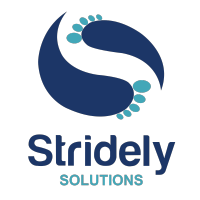Digitalization in Food and Beverage Industry
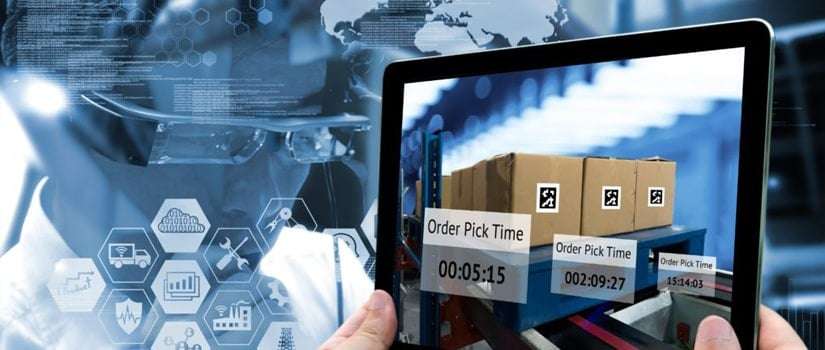
Innovation is not just innovation, but it has become like a new famous song that everyone is listening too and the ones who have missed it are looking to forward to listen. So the song, I mean innovation is everywhere and expanding as well.
Blockchain will take care of your resume
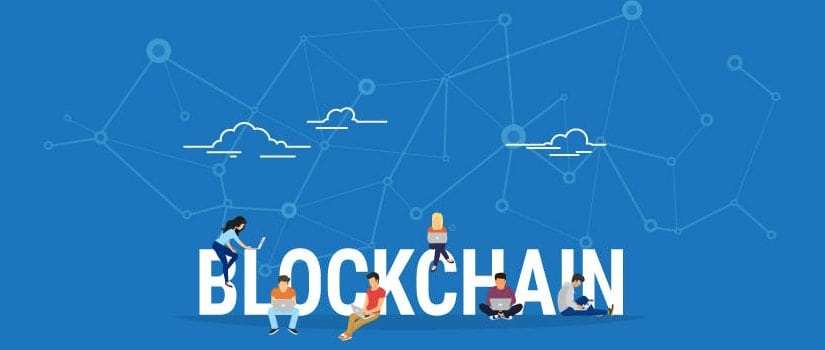
We have always heard saying a single piece of paper or the one-page resume can decide my future but ultimately it does. A resume is the most important factor for the individual to represent themselves with their excellencies.
Cloud-Native Applications are worthy investing
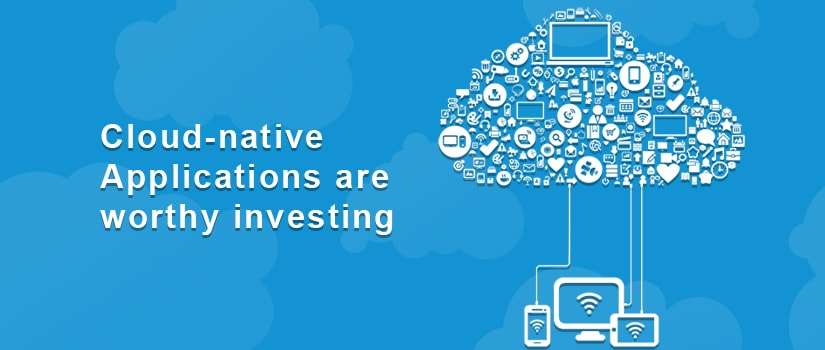
When industries are planning to develop cloud-native applications and majority of them are already on the road to develop it. More than 60% of enterprises have started building their strategy for Application development on Cloud platforms.
RPA is like the Band-aid Feature for the Future

Robotic Process Automation (RPA) is undoubtedly the future for every enterprise. The beauty is how every technology is emerging themselves with this process.
Why you can choose Azure over AWS?
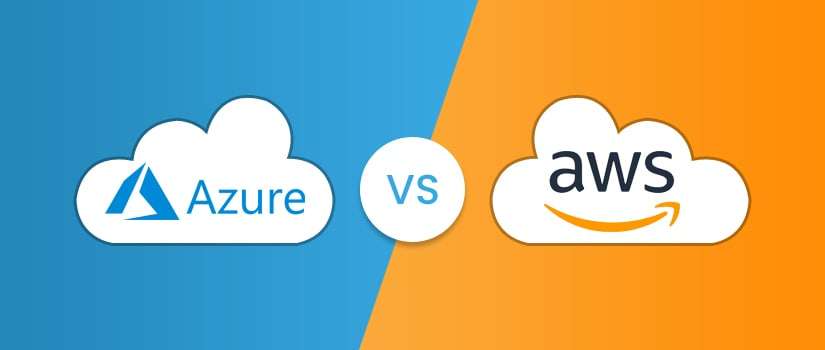
Clouds have always been wonderful, whether clouds above us or the cloud technology. Here we will talk about cloud technology and when we hear the word cloud technology Amazon Web Services and Microsoft Azure comes in our mind as the leading cloud service provider.
Transforming BI with AI and ML

With numerous ways to transfer and process information, we have witnessed the dawn of the digital era. We have seen data being shared via text, images, videos, and various other forms.
The time is utilities need to rebuild

Where industries are pushing themselves towards technology which is the future there are still industries that need to push themselves a more, not just to adopt the technology but sustain with them.
Robotic Process Automation (RPA)
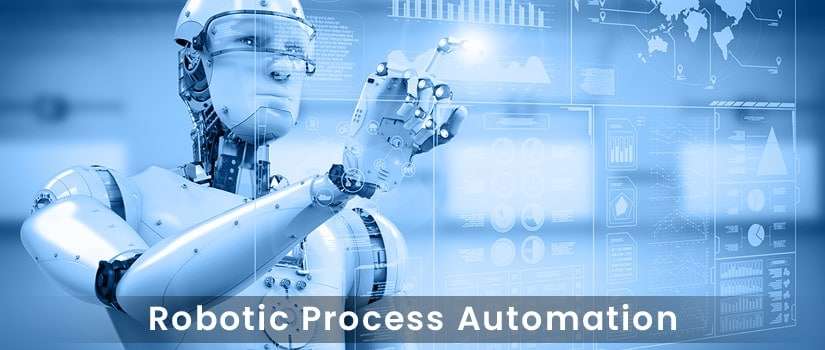
Human and Robots are going to have a very engaging relationship in the future as it has started already. Automation would be the survival for the industries. The combination of both requires a process.
Do you have a Successful strategy for AI?
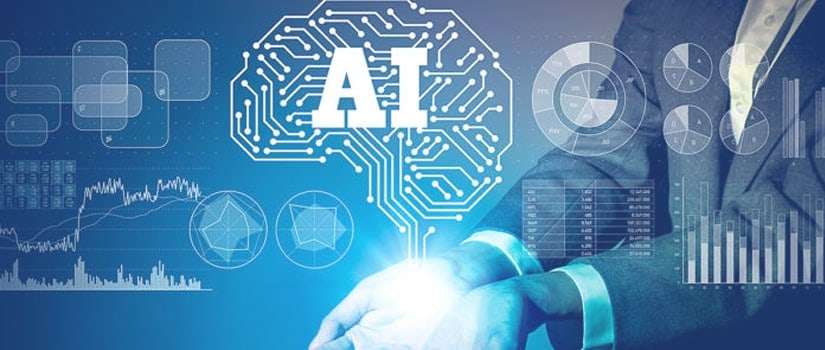
When AI is the inspiration for today’s industry where everything is connected and advanced. Complex algorithms taking place for most complex situations. From start-ups to technological gig to asset concentrated industries everyone is bounded with AI.

